Backyard Homesteading Adventures (Soil Building and Health)
Soil and dirt are two very different beasts. One is full of microbial, bacterial, fungal, and wee beasties that help process organic matter into lovely soil, whilst the other is dead and must be augmented with chemicals in order for anything growing in it to produce.
Soil is good.
Dirt leaves room for improvement.
Some soils are heavy clay. Sandy. Loamy. Some drain well, some hold puddles for days. The objective of soil-building is to create an environment that allows plant roots to penetrate deep, hold moisture, and possess sufficient nutrients available to feed vegetation and support fruiting.
The USDA has a Soil Survey section. It's pretty informative. You can even use their map tool -- just turn off your pop-up blocker if you want to receive your custom report.
The first step should be a soil test. One can get a basic test set from stores with a garden department. It'll come with vials and reagents, instructions and a color-based guide.
This is the test I did when I started my garden.
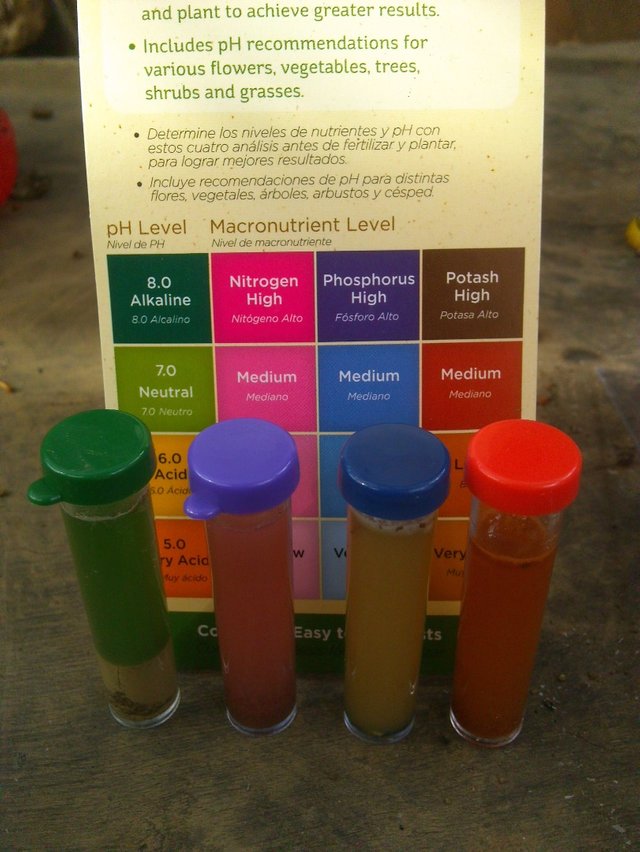
As you can see, it's divided into four categories:
the PH -some plants like soil that's more acidic (such as blueberries) while others cannot thrive in acidic conditions. Want to try something neat? Hydrangea flower color can be manipulated by adjusting the soil PH. Chemistry is fun!
the Nitrogen -many plants are heavy feeders of nitrogen. Corn is one of the heaviest feeders. Anything that you're going to harvest for its leaves will need that element available to them. When plants lack this nutrient, they turn yellow . Luckily, the vast majority of fertilizers have a nitrogen content. Want an easy way to incorporate nitrogen and organic matter into your garden at little cost to you? Used coffee grounds. Worms love them, and if you make worms happy, they make the soil happy. Retailers such as Starbucks bag up their grounds and have them in a bucket near the front door just for this purpose. For free. As a side note, one can grow edible mushrooms on spent coffee grounds, too. And when they stop producing, you now have mushroom compost!
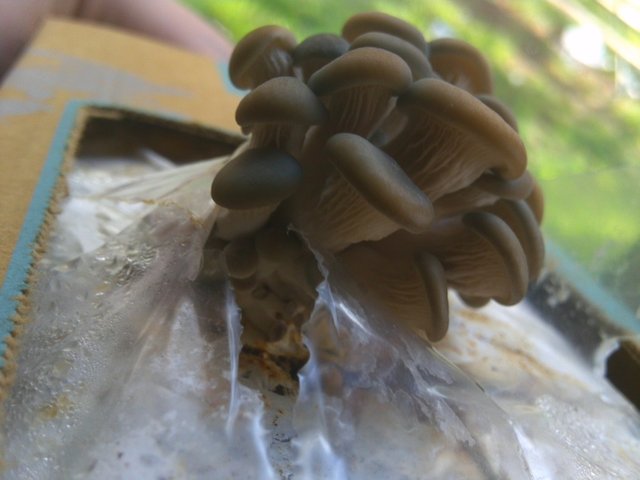
These oyster mushrooms are feeding off spent coffee grounds. Kit from Back to the Roots.
Legumes take nitrogen from the atmosphere and store it on root nodules; this is one element that makes the Three Sisters guild successful-- the beans feed the corn. But there has to be sufficient nitrogen in the soil, otherwise the legumes will use their nitrogen stores for themselves.
the Phosphorus-this is a requirement if you want fruit. It helps the plant convert energy into vegetation. Without it, plants are weak and unhappy, possibly tinged purple. As you can see, my soil super sucked in the Phosphorus department. I augmented with bone meal worked into the soil. The thing with bone meal is that if you have a high Ph, it won't work. So keep that in mind if you go the meal-route (blood meal, feather meal, bone meal... all these have been used to improve soil) to feed your garden.
the Potassium-this test calls it "potash" but the correct term is potassium. Another element required by plants to produce fruit, as it helps create healthy blooms that will set. An easy way to incorporate it into the garden is to toss wood ashes (cold, mind you... compost heaps shouldn't be bonfires!) into the compost pile. Kelp, too, with the added bonus of micronutrients, will add potassium to the compost.
When those four elements are in harmony, it gets all Age of Aquarius and things begin to grow with vigor. So, before you even pick out seeds and transplants for this year's garden, the best investment for long-term success is a soil test. The results will be the foundation in which you build your gardeny awesomeness.
Another way to help build soil health is to nurture it with mulch. In this photo, you can see my spearmint (and wee runners) and strawberries, and a hole next to a rock (I create such "apartments" for lizards and frogs which eat bugs invading the garden)
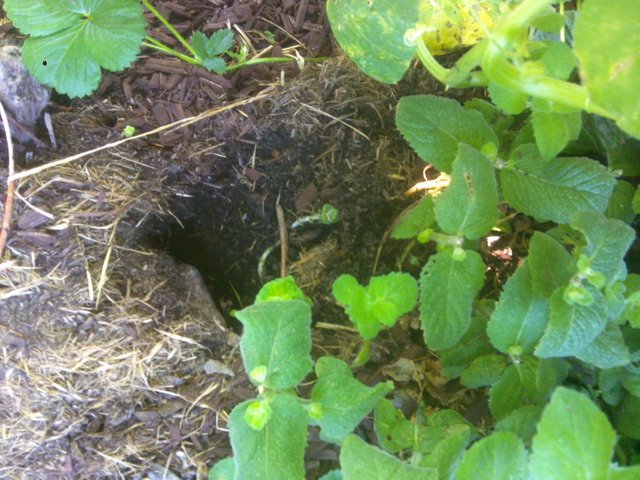
You can see the deep brown color of the soil. But most importantly, you can see the two layers of mulch; dried lawn clippings topped with wood chips. Mulch is IMPORTANT! It helps prevent soil run off when watering, allowing the water to filter down to the soil at a slower pace. It helps prevent water evaporation by shielding the soil from the sun; on that note, it also helps regulate the temperature of the soils and plant roots. If one mulches with compost, it'll add more nutrients to the soil, too.
Mulching can be an important part of soil building. If what you are using decomposes over the season, it becomes a part of the garden bed, adding important organic matter that helps create a lighter, plant-friendly soil. Organic matter doesn't just lighten the soil (important for areas that are heavy with clay or can't hold moisture well, like sand) but also acts like a sponge to hold water, in addition to being the earthworm's favored buffet.
And when earthworms are happy, plants are happy...and productive.
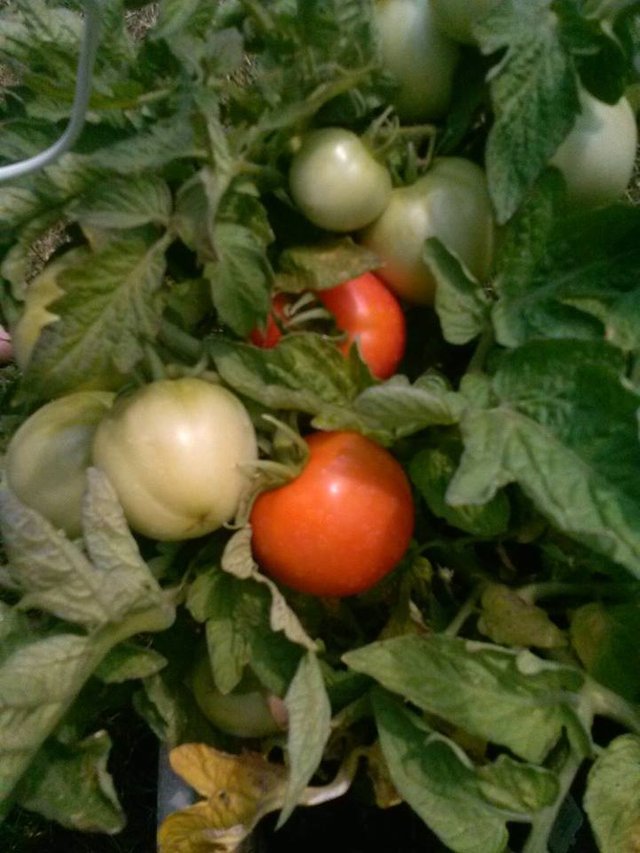
Upvoted by @gardening-trail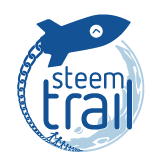
Thank you for following and upvoting @gardening-trail
Read our guidelines here. Join us In the Gardening-Trail and let's discuss Gardening Related Topics
Hello @mandireiserra,
Congratulations! Your post has been chosen by the communities of SteemTrail as one of our top picks today.
Also, as a selection for being a top pick today, you have been awarded a TRAIL token for your participation on our innovative platform...STEEM.
Please visit SteemTrail to get instructions on how to claim your TRAIL token today.
If do not wish to be promoted by SteemTrail, please reply with "Stop" to opt out.
Happy TRAIL!
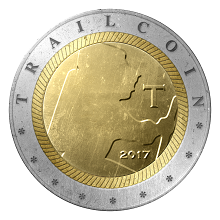
A healthy soil is a productive soil! I like how you accept dirt for what it is, "Dirt leaves room for improvement." I think you are so right about being able to build soil -- from the ground up, if all that's available is dirt. Here's to healthy, living soil full of microbes and worms and more, for great gardens in 2017!
I Just Upvoted Your Post! No reason, just showing steemit Love. Have an epic Day/Afternoon/Evening! :D
Know the truth about blogging on steemit:
https://steemit.com/abuse/@iloveupvotes/permanent-compilation-common-knowledge-base-worksheet-it-stays-because-i-said-so-iloveupvotes